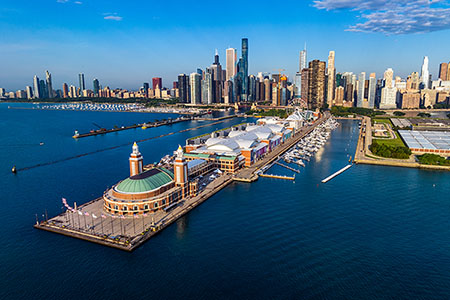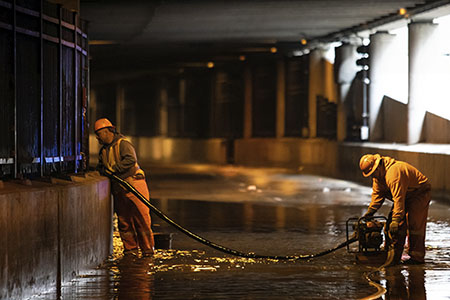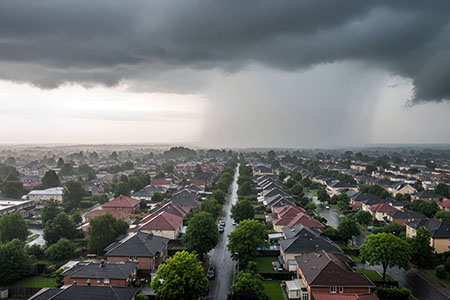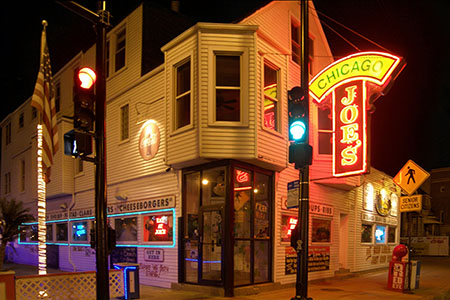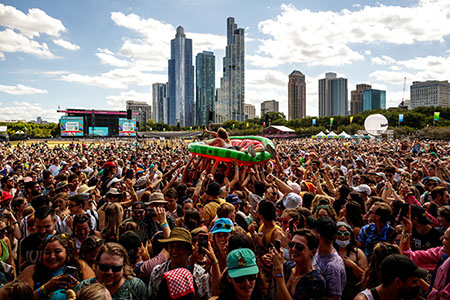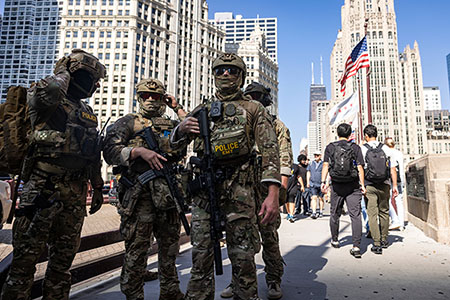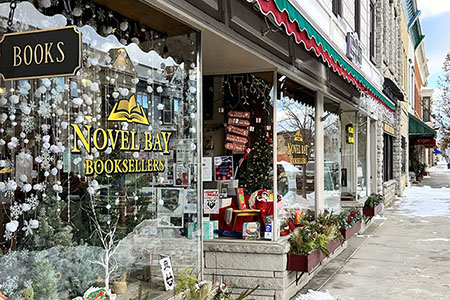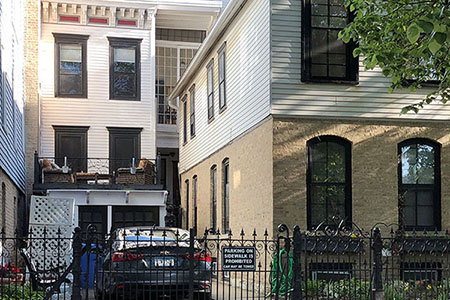
Mayor Johnson’s multi-million-dollar bike lane plan is creating a rift in Chicago, as motorists struggle with increased traffic and lost parking.
Oct. 03, 2025 – Chicago’s multi-million-dollar bike-lane expansion plan, pushed by Mayor Brandon Johnson, is sparking a motorist revolt. At a taxpayer cost in 2025 of an estimated $17 million, Mayor Johnson, who claims to be an avid biker, brags about recently constructing 100 miles of new city bike lanes, mostly on the North and Northwest sides. Johnson says Chicago is on track to eventually build a 500-mile “Bikeway” that includes bike lanes, off-street trails, and neighborhood “greenway” streets designed to slow traffic and prioritize privileged bicycles. Anti-bike critics, irate motorists, emergency first responders, people with disabilities, and small business owners say the two-wheel expansion plan is another example of bad city planning running wild. Chicago used to be good at managing transportation, but not anymore. Mayor Johnson’s cycling infrastructure has created an extensive, new privileged bike-lane system connecting the North and Northwest sides to downtown. Changes include marked concrete barrier curbs with metal or plastic posts, neon-green painted cycling paths, bus loading “islands,” raised pedestrian crosswalks, and turn-radius-challenging concrete bump-out obstacles. You do not want to be a commercial truck driver in Chicago these days, forced to make hair-raising turns on constricted streets and intersections, with bikers and scooters running red lights and stop signs. “Real secure, protected bike lanes throughout the city is the ultimate goal,” said Johnson, whose master plan is focused on congesting roadways and slowing auto traffic by reducing lanes.
“Rampant bike-lane construction is causing massive traffic congestion on diagonal arterial streets such as Clark Street, Milwaukee, Lincoln, Clybourn, and Grand avenues,” complains Mr. Zak, a businessman and professional gambler who struggles weekdays to commute to suburban casinos in his Corvette sports car. “Local businesses along these busy thoroughfares have lost hundreds of free and metered parking spaces, hurting Chicago’s economy and draining millions of dollars from the sales tax base.” Those lost metered spaces must also be bought back from Chicago Parking Meters, LLC at high prices since there are still 58 years left on the lease. As a motorist who generally avoids expressways and uses arterial streets based on the map of Chester Louis DeBat, my cab-driver father, this writer agrees that the privileged bike-lane expansion has created a huge, dangerous, and costly traffic problem. When concrete barriers cordon off the curb lane there is no place for drivers to “pull to the right for sirens and lights.” Every day now in Chicago, first responders on emergency calls get stuck in traffic that cannot get out of their way. Bicycle Commissioner needed to curb biking scofflaws We urge the city to create a new post of Chicago Bicycle Commissioner and appoint Mr. Zak to administer the crisis with a touch of his neighborhood common sense. A few of Commissioner Zak’s administrative bike-lane suggestions include: • Bikers do not read or follow the Illinois Rules of the Road. “Bicycle riders should be licensed like auto and motorcycle drivers and be required to pass a special bike road-driving test,” urges Commissioner Zak. Illinois law requires that motorcyclists aged 16 and 17 must pass a written test and obtain a 24-month instruction permit. Permit holders may ride only during daylight hours under the direct supervision of a licensed motorcycle operator who is at least 21 years old and has a minimum of one year of driving experience. • Parents should be required to keep kids under the age of 12 out of deadly bike lanes and off streets. Younger children should bike ride in city parks. • All bike riders should be required by law to wear a helmet, especially e-bike and e-scooter riders. Helmets simply save lives.
• The Divvy bike boom has made the bike lanes even more dangerous, said Commissioner Zak. In August, a record 995,000 rides were booked. That high mark came after Mayor Johnson cut a deal with Lyft, the system’s operator, to reduce fees and add more Divvy stations. “Because many of the worst Divvy riders are tourists and bike novices, those bikes should be equipped with training wheels,” quipped Commissioner Zak. • Chicago Police Department bicycle officers should police the bike lanes and streets to hand out traffic tickets to bicyclists who break the law, especially those who gleefully peddle through traffic lights and stop signs regardless of traffic. Cop bikes need blue flashing lights and sirens. If we could set up ticketing cameras to ticket biking scofflaws, the money raised might be able to cover our $1.3 billion budget deficit. “Acting above the law, bike riders often give irate motorists the finger,” Zak said. Bikers caught on camera flipping someone the bird should see their ticket violation fees doubled.
This writer also has issues with the sophomoric and wasteful urban planning of existing bike-lane design, which effectively transforms a four-lane street like Milwaukee into a two-lane street, while removing much-needed commercial street parking. Toss in one or two double-parked Amazon, Uber Eats, UPS, and FedEx trucks on the block and you’re down to one lane. At a minimum, a modern urban thoroughfare needs two open lanes for pass-through traffic, one or two lanes for business parking, and perhaps one wider two-way bike lane with no privileged concrete barriers that hinder emergency response vehicles’ ability to maneuver through traffic in emergencies. It is these new concrete barriers that have created the privilege, and the problems. Construction photos by Don DeBat. |







